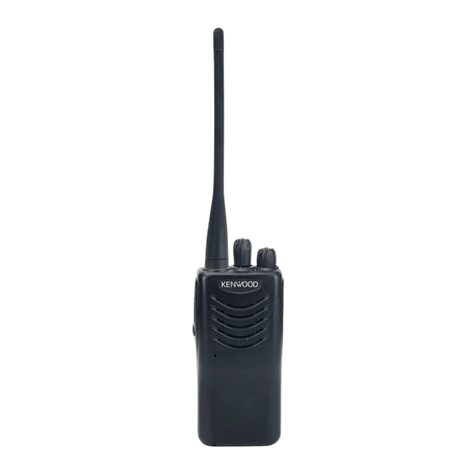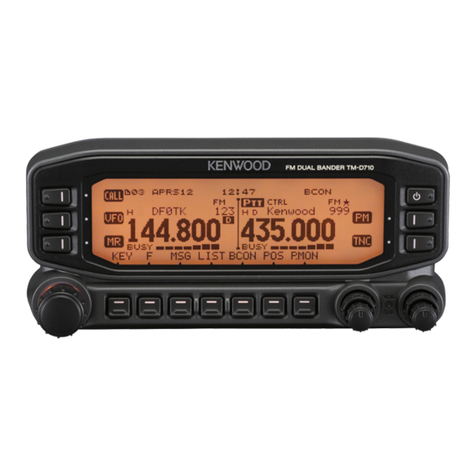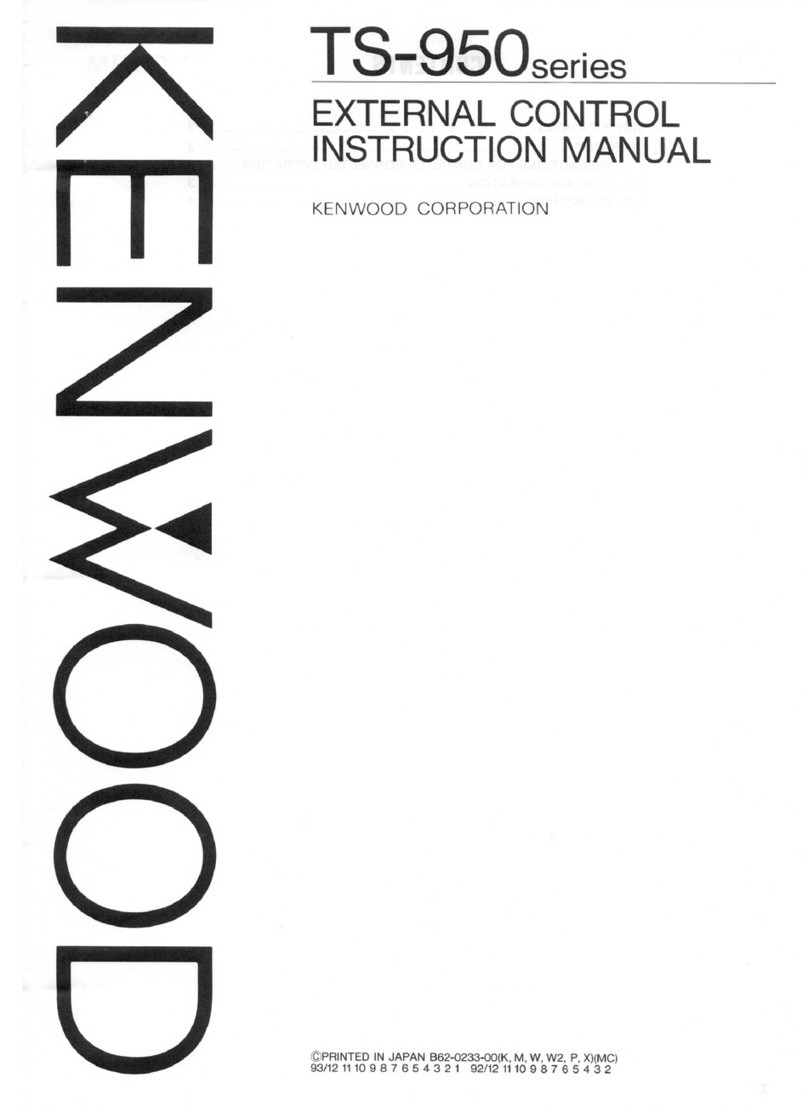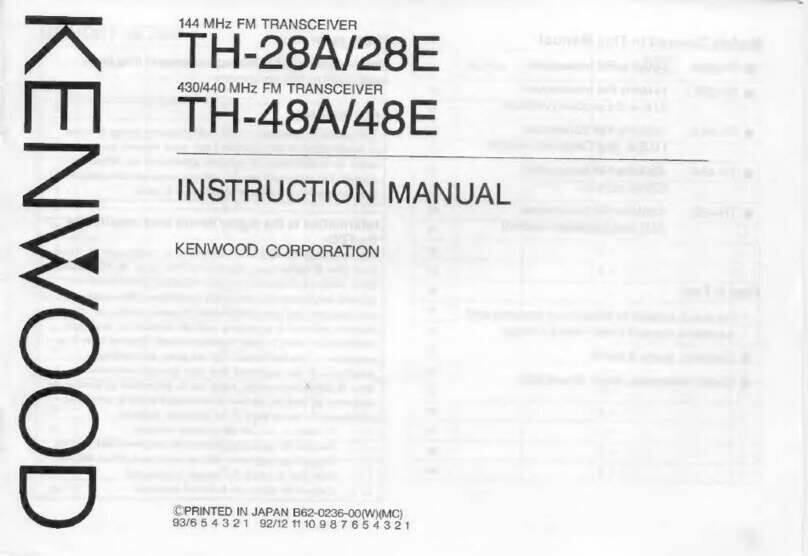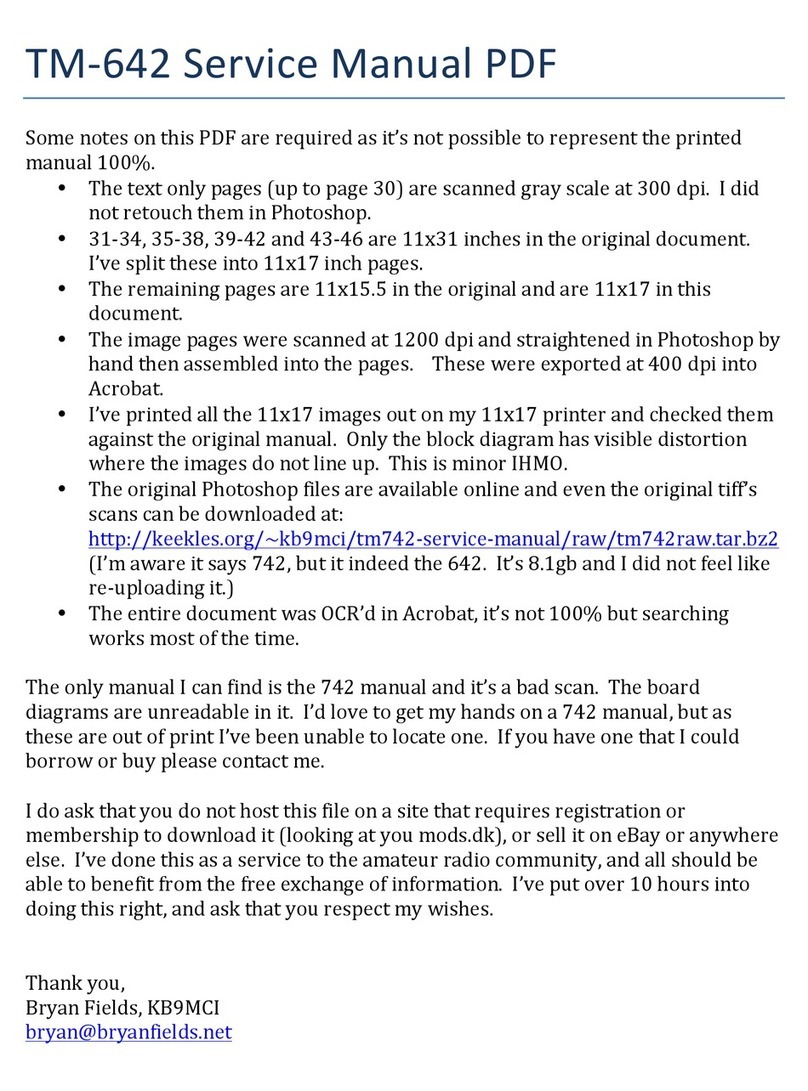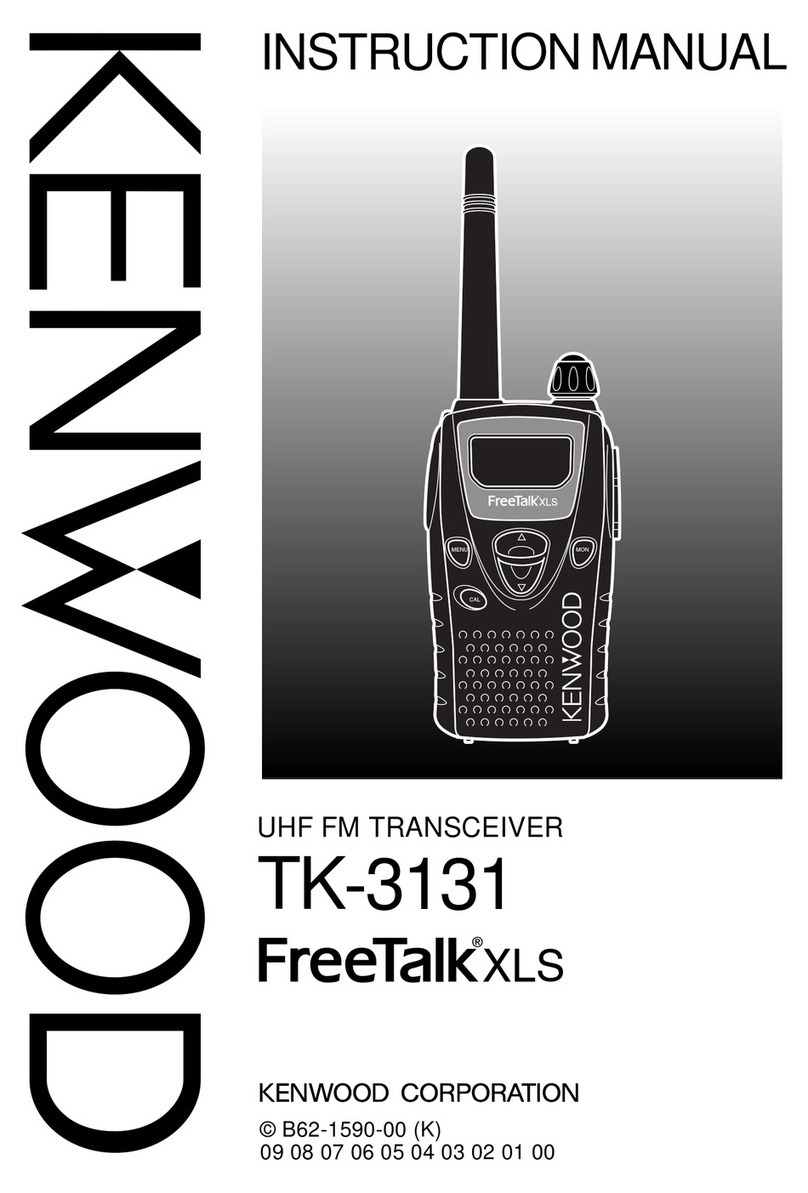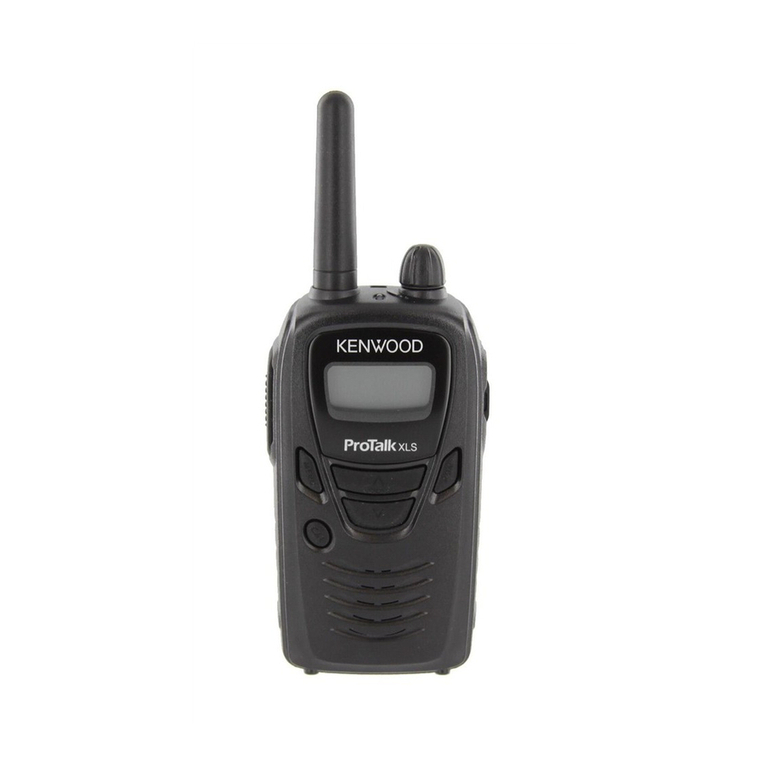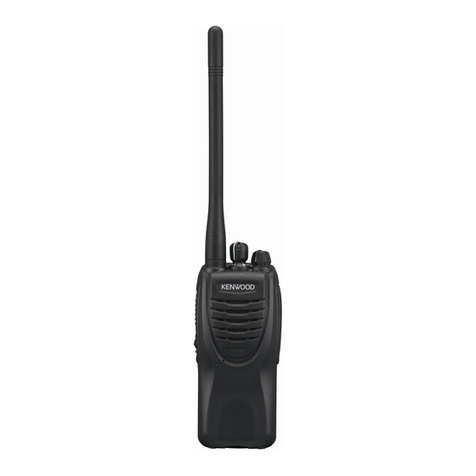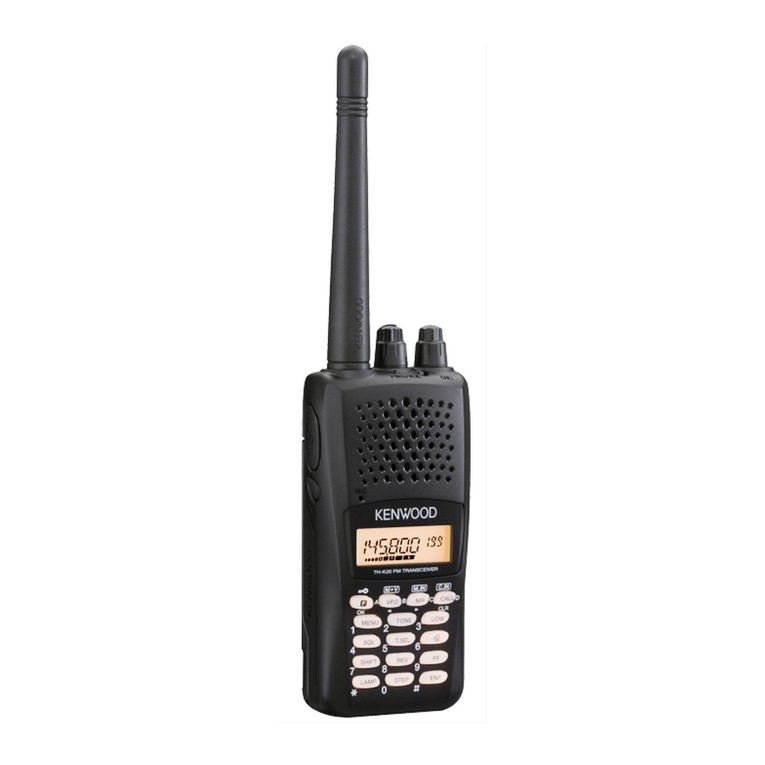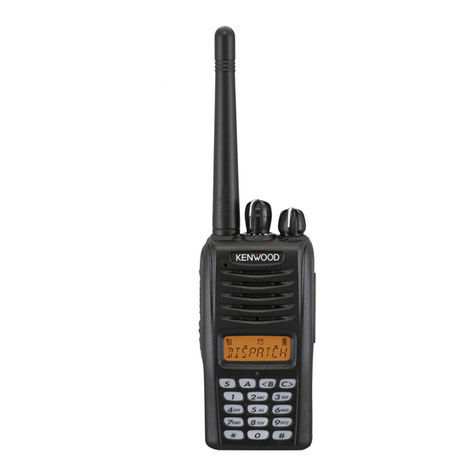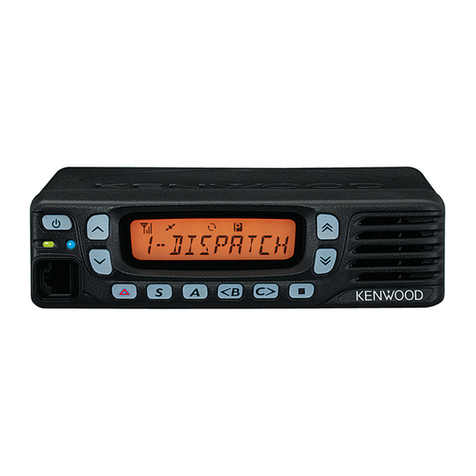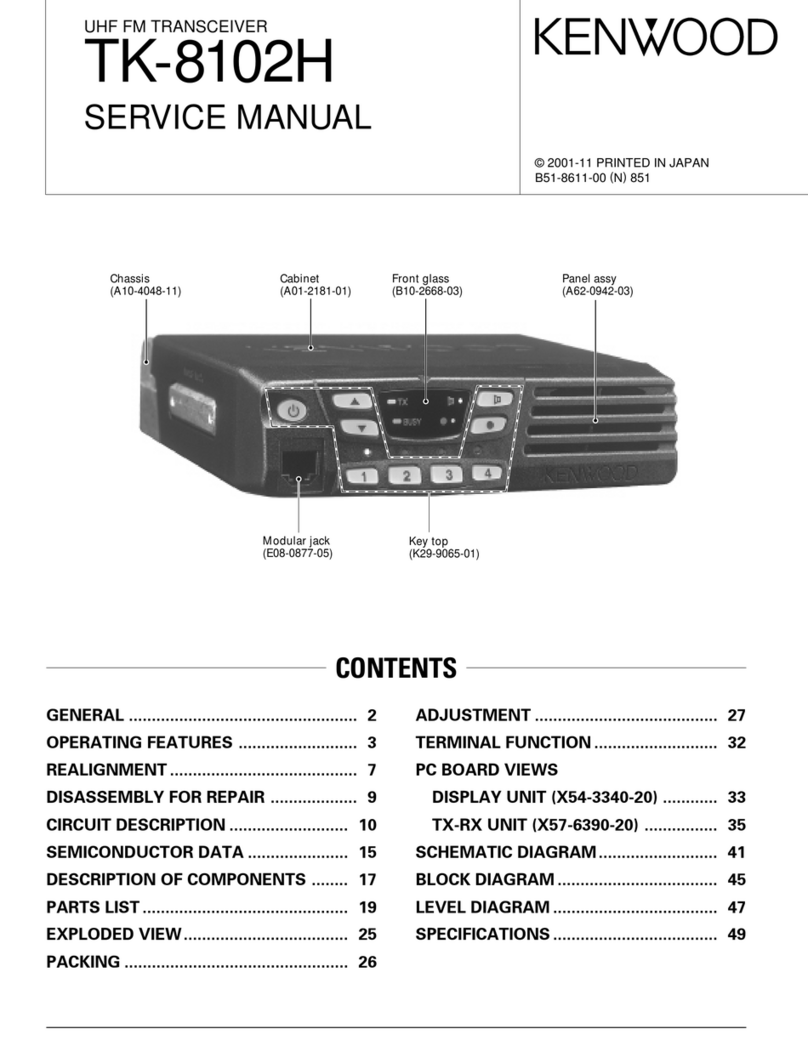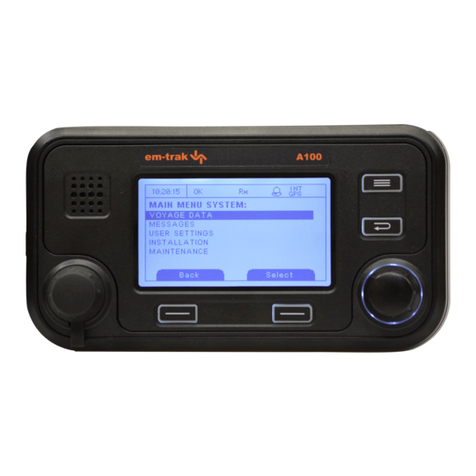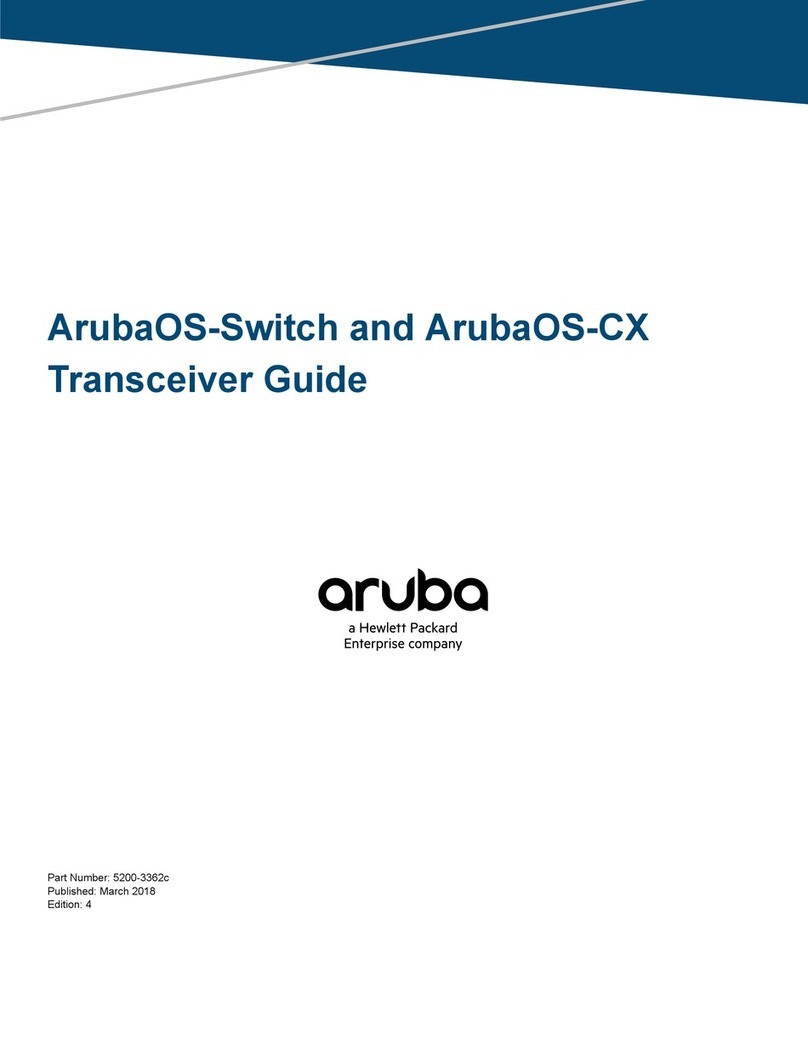
@
ACCESSORIES
@
Carefully
unpack
your
TM-201B
and
confirm
that
it
is
supplied
with
the
follow-
ing
accessories:
a
@
Microphone
a
Dynamic
microphone
................0c0cccccceeeeeeseeee
(T91-0331-05)....1
pe.
b
Electret
condenser
microphone
with
touch-tone...(T91-0332-15)....1
pe.
@
Communications
speaker
(with
2.5
m
lead)
.........
(T19-0101-05)....1
pe.
@
Speaker
mounting
kit
BRBOK
GT
icsivwancoenstancnuiien
tons
sbanat
maa
oaacaamime
ei
(J21-2799-13).....1
pe.
GANG
HTTOIA
(AR)
ei
sien
vnc
wares
iva
Sahmtninas
esi
(G13-0680-04)
...1
pe.
TAPPING
SCLEW
(D4
X'S)...
nny
sane
ssacncnnaicevatewaietees
(N87-4008-41)
..4
pes.
Flat
head
tapping
screw
(#4
x
8)
.
(N88-4008-41)
..2
pcs.
Round
head
screw
($4
x
10).....
..
(N30-4010-41)
..2
pes.
For
versions
other
than
USA.
Hex.
head
nut
(4).......
ee
eT
eee
..
(N10-2040-41)
..2
pcs.
b
Mobile
mounting
kit
Mounting
bracket.........00....00.0008
(A13-0640-12)
...1
pe.
Boss
(Two
of
6
pes.
are
spare
parts.)
..
(J32-0775-14)
..6
pes.
Flat
washer
for
boss
($3)
.............
...
(N19-0631-05)
..4
pes.
Flat
screw
for
boss
(@3
x
14)
.....
...
(N32-3014-41)..4
pes.
Round
head
screw
(¢6
x
20).....
...
(NO9-0008-04)
..4
pes.
Flat
washer
(6)
...........0..00cceeeees
...
(N15-1060-46)
..4
pes
Spring
washer
(6)
......
...
(N16-0060-46)
..4
pcs.
Flange
nut
(#6)
.........
ate
..(N14-0510-04)
..4
pes.
“KENWOOD
Tapping
screw
(P5
X12)
0...
cccccencceeeneeeeeee
eee
es
(NO9-0632-05)
..4
pcs.
Flat
washer
(@5)
..........cccccscrssuceveneeeeueensneeeenes
(N15-1050-46)
..4
pcs.
For
USA:
version:
Cushion
(B)
seguas
.,..(G13-0683-04)
...1
pc.
...
(G13-0686-04)
..2
pcs.
(E30-2022-15)....1
pe.
....
(FO5-1031-05)....1
pe.
7)
[ASHUCTION
MANUAL
,..:ncrccarsrscnorensincunsomensinmnneneva
(B50-4059-00)
..1
copy
Q@@@-20053-x%--s0aGM-+0
aocm
F
hesae
ppppk
neeee
/
f
®
jA7A
PF
OP
BeE_H
Mm
eo
25
coco
4
6)
Pp
@
AFTER
UNPACKING
Shipping
container:
Save
the
boxes
and
packing
in
the
event
your
unit
needs
to
be
transported
for
remote
operation,
maintenance,
or
service.
The
following
explicit
definitions
apply
in
this
manual:
Note:
If
disregarded,
inconvenience
only,
no
risk
of
equipment
damage
or
personal
injury.
Caution:
Equipment
damage
may
occur,
but
not
personal
injury.
